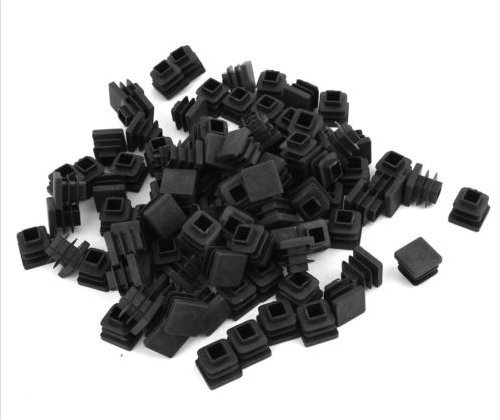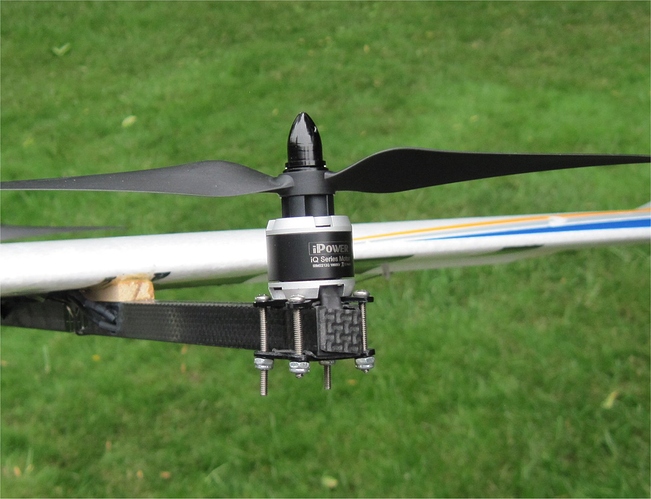I made some end caps for the 15mm carbon tubes from a small piece of flooring foam which is very light and has high compression. Alternatively, I also found some nice 15mm end caps on eBay here. Lastly, I started cutting off the excess screw length and sand the sharp edges with a Dremel tool.

